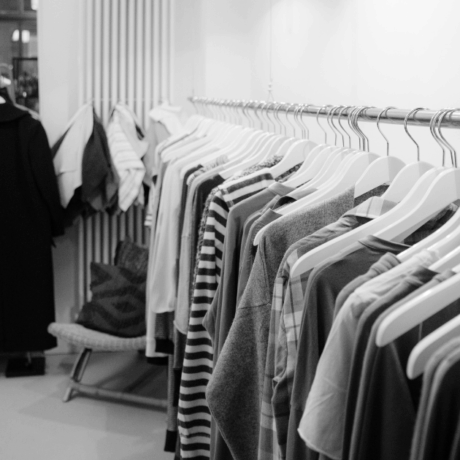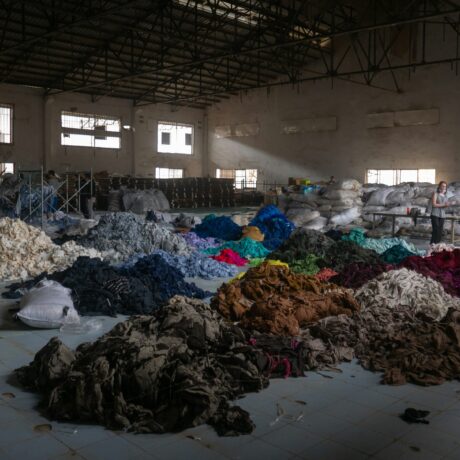Fashion Transparency Index Top 10 FAQs
This week Fashion Revolution and Ethical Consumer launched the Fashion Transparency Index.
1 What is the Fashion Transparency Index?
Fashion Revolution and Ethical Consumer have partnered to publish a Fashion Transparency Index which ranks companies according to their level of transparency based on a questionnaire and publicly available information about supply chain issues. The Fashion Transparency Index is a research and communication tool, not an auditing measure, and it surveys 40 of the biggest global fashion companies.
2 What was the methodology?
The Transparency Index uses a broad brushstroke approach. It has been designed to give you an illustrative look at how much brands disclose about their supply chains, what kind of policies they have in place and, importantly, how much they share with the public about their practices and products.
The Fashion Transparency Index uses a ratings methodology, which benchmarks companies’ publicly facing information against basic best practice in supply chain transparency in five key areas: (See the report for details on full methodology here) Ethical Consumer are the lead researchers and have been designing indices of this kind for 25 years. We consulted our Global Advisory Committee and key industry individuals on the methodology used for this research.
All 40 companies included in the index were invited to fill out a questionnaire, designed to help us better understand their policies, activities and communications. In total we received 10 replies, and the other 30 were scored based upon information available online and in their annual reports.
We are not auditing or verifying any of the information these companies publish, nor that they implement these standards.
3 What do you mean by transparency?
Transparency means companies know who makes their products – from who stitches them right through to who dyed the fabric and who farmed the cotton. When companies are working in a transparent way, this also implies openness, communication and accountability across the supply chain and with the public too.
4 Won’t many consumers take this as a green light for the brands with a high score?
To be clear, some brands high scores doesn’t mean that they have fully transparent supply chains. They still have a long way to go in working with suppliers down the supply chain right through to raw materials and communicating with the public about their practices and products.
5 Why did you commission it?
Many companies do not really know where their clothes are being made. The vast majority of today’s fashion brands do not own their manufacturing facilities, making it difficult to monitor or control working conditions throughout the supply chain. A brand might place an order with one supplier, who carves up the order and subcontracts the work to other factories. This happens regularly across the industry and presents a great challenge for brands themselves as well as the people working in the supply chain who become invisible in this process. We can’t tackle exploitation unless we can see it.
6 How did you select brands to feature?
The brands were chosen by their large annual turnover, and based on information we could find publicly. We chose brands that define themselves specifically as ‘Fashion Brands’, not as supermarket or other multi-channel brands and who are selling globally. We wanted to look at a cross-section of different sectors – high street, luxury, accessories and footwear, sportswear and denim.
7 Why did you only select brands with an annual turnover of over £400 million?
We chose with a turnover of more than £400 million, because these brands are the biggest brands in the industry with the highest turnover and the most to lose through lack of transparency, and conversely also the most to gain through better practice.
8 How will the Transparency Index help brands become more transparent?
We hope the Transparency Index will inspire brands and retailers to publish more about their policies, practices, products and the people making their clothes – answering the question #whomademyclothes. We also hope it sends a strong signal to poorly performing brands to communicate more openly about their supply chain practices.
9 How will the Transparency Index help consumers access more information?
At the moment the public do not have enough information about where and how their clothes are made. Shoppers have the right to know that their money is not supporting exploitation, human rights abuses and environmental destruction. There is no way to hold companies and governments to account if we can’t see what is truly happening behind the scenes. This is why transparency is essential.
10 How will this help workers in the fashion supply chain?
Lack of transparency costs lives. It is impossible for companies to make sure human rights are respected and that environmental practices are sound without knowing where their products are made, who is making them and under what conditions. By encouraging greater transparency, producers’ lives may be improved.








